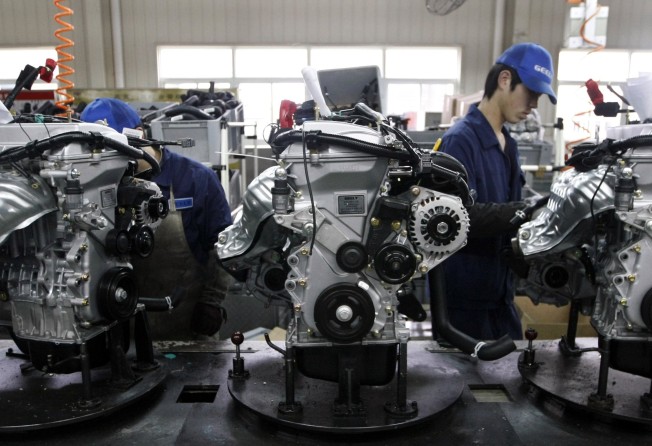
It’s time for an upgrade of the engine that powers your investment portfolio
Faced with dramatic changes in bond markets and high equity market valuations, Asian investors are being forced to rethink their approach.

Volvo said that from 2019 all new models will be entirely electric or hybrid. This represents a historic turning point for the motor industry, and one from which investors would do well to take their lead: the world is changing and we must be prepared to change with it.
As fundamentally important as the combustion engine is for cars, traditional “balanced” portfolio construction was for decades the driving force behind long-term investment. But is it time for an upgrade?
We think so. In the past, traditional assets classes were associated with particular functions in well-diversified portfolios: investment-grade bonds provided yield, preserved capital, diversified against growth assets and were easy to liquidate if investors needed to boost their cash holdings. Meanwhile, equities provided attractive returns.
Today, these properties are being put to the test, and when asset classes struggle to do the jobs we have come to expect from them, investors need to rethink how they build their portfolios.
Bond markets have undergone dramatic change following the global financial crisis with far-reaching implications.

Second, bonds are much less able to protect capital; their diversifying qualities are in question, due to a rise in their correlation with equities. The average bond portfolio has also become more sensitive to interest-rate moves, making rate rises potentially more damaging.
Third, bond markets are now characterised by fractured liquidity, meaning investors cannot rely on being able to buy or sell bonds when they need to. The causes of this include central banks owning more of the total bond supply these days, and regulatory reforms, which have constrained big market players from trading as much as they once did.
For investors to earn yield from bonds in the face of these challenges, we believe they should go back to basics. This means investing for the long-term, aiming to hold bonds until their maturity and collecting the regular coupons that bonds pay throughout their lifespan, while carefully managing default risk. This approach insulates against rate rises and has a lower reliance on market liquidity as it is lower-turnover, but it also means sacrificing liquidity.
Meanwhile, the performance-enhancing ability of equities appears limited by high valuations and modest economic growth. Opportunities do exist, but we believe that – here, too – a long-term horizon is essential as these investments may take time to bear fruit.
In the new paradigm where bond markets have fundamentally changed and investors must sacrifice liquidity to achieve yield and capital growth, we believe the traditional approach of dividing a portfolio between bonds and equities will no longer serve investors.

Given the changes to the investment landscape, investors need to find a new set of portfolio building blocks to address their key objectives. They should consider carefully their desired outcomes and look across asset classes for solutions capable of delivering these. And in the new investment paradigm, implementation matters.
- With bond markets fundamentally changed, investors will need to take a longer term investment approach. Asian investors should hold bonds until maturity to protect themselves against future interest rate rises, and focus their risk-taking on credit with a view to increasing yield. Default risk must obviously be managed by means of robust credit analysis.
- For capital growth in a world where traditional asset classes offer lower potential returns, investors must be more selective. In seeking out attractively valued securities, investors may consider a country/region experiencing positive dynamics that have yet to be priced into the market. A further way for investors to seek to achieve capital growth is by taking advantage of long-term illiquidity risk premium, provided they can tolerate making long-term capital commitments into strategies such as private equity.
- Given that when they pursue their yield and/or growth goals, investors will be forced to consider longer-term investment approaches, i.e., to sacrifice liquidity, they need to make a dedicated investment that caters for their core liquidity needs. As bonds can longer do the job, investors must look to other asset classes to meet these needs. A liquid multi-asset strategy is now best-placed to meet investors’ core needs provided certain principles are followed – these centre around maximising diversification and actively managing against the downside.
To assemble each component part into a portfolio that works effectively for the investor, a deep understanding of each investor’s needs is as vital as the ability to explore new approaches.
Given the complex and challenging investment landscape, investors’ objectives must be defined and understood in terms of their liquidity requirements, yield needs, performance objectives and risk tolerance, as well as any other specific preferences.
Investors should resist being pigeon-holed into a broad category based simply on their risk/return preferences, and should instead demand that all of their needs are properly served.
The investment world is facing considerable upheaval, which looks set to last. Change is essential. Just like car manufacturers, Asian investors must rethink their approach, and they should strive for an upgrade.
Hubert Keller is managing partner of the Lombard Odier Group